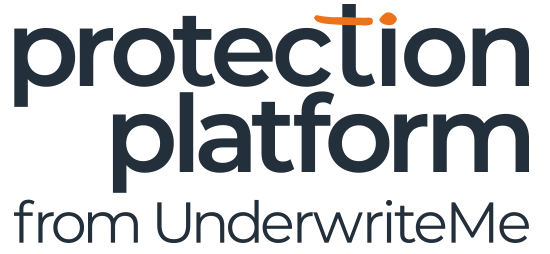When it comes to ensuring life insurance payouts go to the right people, clients often assume it’s as simple as naming someone. But as advisers know, the legal and tax implications vary significantly depending on whether a trust or a beneficiary nomination is used.
Understanding the difference, and guiding clients to the right choice, is critical for a smoother claims experience and long-term financial protection.
What’s the Difference?
Trusts and Beneficiary Nomination both aim to direct where a policy’s proceeds go. But that’s where the similarity ends.
| Trusts: Legally Binding & Tax-Efficient | Beneficiary Nominations: Flexible but Limited |
|---|---|
| Moves the policy outside the client’s estate . Avoids probate delays. Can reduce or eliminate inheritance tax (IHT). Trustees control how and when the payout is distributed. Offers clarity, control, and protection — especially for vulnerable beneficiaries. | Does not remove the policy from the estate. Usually does avoid probate or reduce IHT. Can be updated more easily than a trust. Simpler alternative to a trust, suitable for uncomplicated situations. Beneficiaries must be nominated at the point of application. |
| When to use: Use trusts when speed, certainty, and tax efficiency matter. A trustee is required. | When to use: Use nominations when simplicity and flexibility are preferred, and estate planning is not a major concern. |
The Adviser Experience: Still Too Clunky?
Let’s be honest: the trust process still adds friction. Finding the right form, managing signatures, and navigating insurer-specific requirements can slow down what should be a seamless journey for both adviser and client.
That’s why simplifying access to trusts and nominations is a key focus for us.
What’s available on the Protection Platform?
Currently, Guardian and The Exeter offer Beneficiary Nomination functionality through the Protection Platform. For other providers, a trust may still be the most robust route, and we’re working to make that process smoother too.
📘 Tip: For guidance on accessing trust forms directly from within the platform, check out our latest blog.
